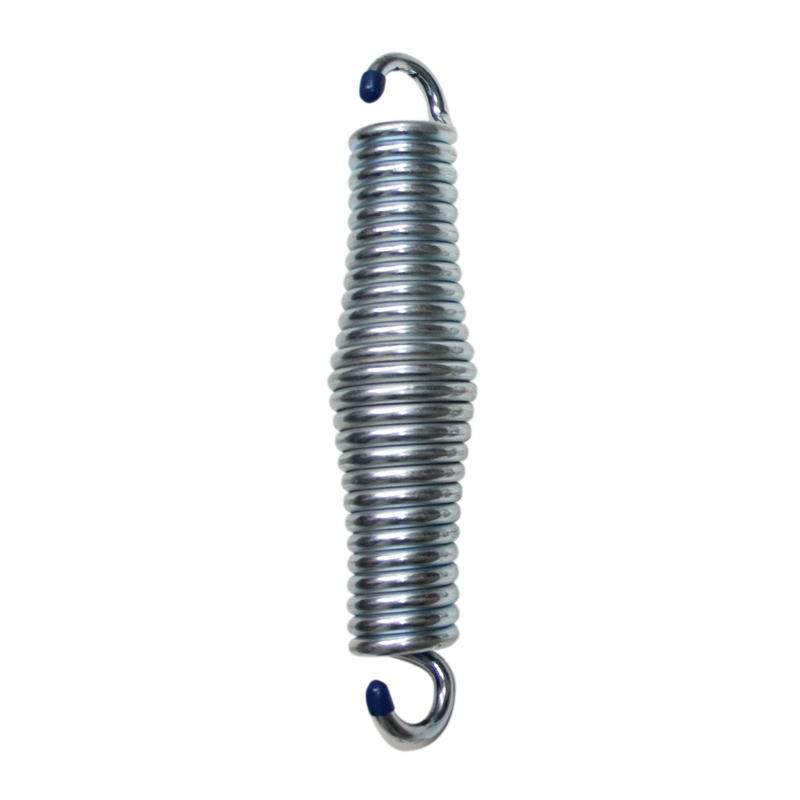
- Mobile Phone
- +8613931874955
- sales@cntcmetal.com
Understanding Welded Wire Mesh and Its Applications in Various Industries
Understanding Weld Mesh A Comprehensive Overview
Weld mesh, also known as welded wire mesh or welded wire fabric, is a versatile industrial product commonly used in various applications across construction, agriculture, and manufacturing. It consists of intersecting wires that are welded together at their junctions, forming a grid-like structure. This robust design lends itself well to a multitude of uses, primarily owing to its strength, durability, and adaptability.
Composition and Manufacturing Process
Weld mesh is typically made from high-quality steel or stainless steel wires, though it can also be produced using other materials such as aluminum or plastic-coated wires. The manufacturing process involves taking long coils of wire, which are then cut into predetermined lengths. Subsequently, these wires are arranged in a grid pattern and welded together at the intersections using electric resistance welding. This method creates strong, consistent joints between the wires, resulting in a stable and resilient mesh.
The dimensions of weld mesh can vary significantly, with different wire thicknesses and spacing options available to cater to specific needs. The most common configurations include squares or rectangles, with typical wire diameters ranging from 1 mm to 10 mm. The mesh opening size, which is the distance between adjacent wires, can also vary depending on the intended use.
Applications of Weld Mesh
Due to its flexibility and strength, weld mesh finds application in a wide array of industries and purposes
1. Construction One of the primary uses of weld mesh in construction is as reinforcement for concrete structures. It enhances the structural integrity of concrete slabs, walls, and beams, providing additional resistance to cracking and deformation. Weld mesh can also be utilized as a form of fence for perimeter security on construction sites.
2. Agriculture In the agricultural sector, weld mesh serves various functions, including the construction of animal enclosures, fencing around fields, and protection for crops against pests and wildlife. The mesh is durable and can withstand harsh weather conditions, making it an ideal choice for outdoor applications.
3. Manufacturing Weld mesh is widely used in the manufacturing of products that require a sturdy, stable framework. It’s often used in the production of shelving units, storage cages, and pallets due to its ability to bear weight while maintaining structural integrity.
what is weld mesh

4. Safety and Security Weld mesh is commonly employed in safety applications, such as the manufacture of protective barriers, machine guards, and safety fencing. Its strong construction reduces the risk of breaches, making it an effective choice for areas requiring security.
5. Architectural Designs As aesthetics become increasingly important in construction and design, weld mesh is used in modern architecture for decorative elements. It can be integrated into facades, partitions, and railings, offering both functionality and visual appeal.
6. Environmental Applications Weld mesh plays a role in environmental management as well. It is used in gabions for erosion control, helping to stabilize soil and prevent landslides, while allowing for natural drainage.
Benefits of Using Weld Mesh
The advantages of selecting weld mesh for various applications include
- Strength and Durability Welded joints provide superior strength compared to other types of wire mesh, ensuring that the product can withstand significant loads and stress. - Versatile Applications With its adaptability in design options, weld mesh can be customized to suit specific needs, whether it be for fencing, reinforcement, or decorative purposes.
- Cost-Effectiveness When compared to other materials, weld mesh is typically more affordable, especially given its longevity and low maintenance requirements.
- Ease of Installation The ready-made nature of welded wire mesh makes it easy to handle and install, reducing labor time and costs on-site.
Conclusion
Weld mesh is an indispensable material across various industries due to its unique properties and diverse applications. Its strength, versatility, and cost-effectiveness continue to make it a preferred choice for professionals in construction, agriculture, manufacturing, and beyond. As industries evolve and demand for robust materials increases, weld mesh will undoubtedly remain a staple in modern development and design. Understanding its characteristics and uses is essential for anyone looking to utilize this remarkable product effectively.
share:
-
Yard Sign Stakes: Reliable Guardians of Outdoor SignsNewsAug.04,2025
-
Wall Ties: Invisible Guardians of Building StabilityNewsAug.04,2025
-
Resilient Web: The Super Guardian Power of Concrete MeshNewsAug.04,2025
-
Masonry Accessories: A versatile assistant on building foundationsNewsAug.04,2025
-
Iron Binding Wire: the 'invisible reinforcement specialist' in the fields of architecture and industryNewsAug.04,2025
-
Dynamic Spring: The diverse functions and excellent performance of Wire Tension SpringNewsAug.04,2025
-
Your Source for Concrete Wall Ties and Masonry AccessoriesNewsJul.10,2025



















